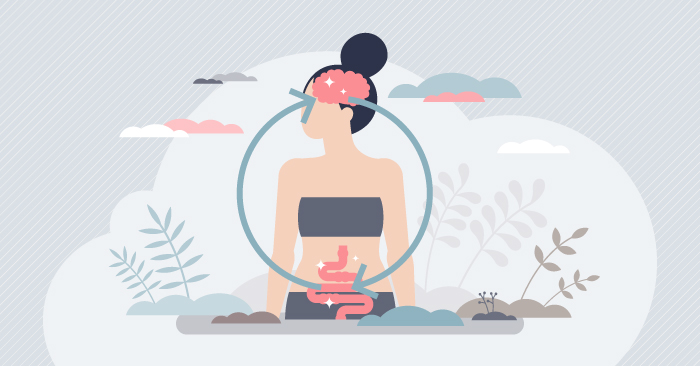The Pandemic’s Impact
In late June of 2020, over 40% of adults reported struggling with mental health or substance use. Even those who had not previously coped with mental health conditions found themselves heavily affected. There were reports of people rushed to the hospital, concerned they were experiencing a heart attack when in reality, they were experiencing a panic attack. With the increase in people experiencing mental health problems comes a small silver lining- the opportunity to normalize and erase the stigma surrounding mental health issues. The hardships we’ve endured over the past year have served as a valuable reminder that mental and physical health are equally important and that mental health impacts everyone.
The Mind-Body Connection
Mental health is a broad term that refers to your emotional, social, and psychological well-being. As a result, mental health touches every area of our lives. It impacts the decisions we make, the relationships we have, and our physical health. The association between mental and physical health is a two-way street. Our physical health, relationships, and daily habits can affect our mental health. Unhealthy habits such as not getting enough sleep can lead to increased and prolonged stress. Chronic stress increases the likelihood of developing mental health problems such as depression and anxiety.
Research confirms the link between mind and body – those with depression are at greater risk of developing heart disease, and those with heart disease are more likely to suffer from depression. Healthy habits fortify our mental health by increasing our ability to manage stress. While it’s common to separate physical and mental in terms of health, the reality is that they are inherently connected. Our thoughts reside in our brain, and our brain resides within our body, so how we spend our time and how we treat our body impacts our minds.
Who Develops Mental Illness?
Everyone has the possibility of developing mental health disorders regardless of race, age, sex, or social status. However, genetic, biological, environmental, and psychological factors can contribute to an increased risk. Mental illness is more common in those with a family history of mental health problems. Certain genes can decrease or increase your risk of developing a mental health disorder. However, no gene has been identified that can accurately predict the likelihood that a person will develop a mental health disorder.
Risk Factors
While genetics play a role in determining your risk of mental illness, they don’t guarantee it. A lack of mental illness in family history doesn’t mean that you won’t experience mental illness. Traumatic events or adverse childhood experiences such as violence, abuse, or growing up in a household where mental health or substance use problems are prevalent can increase your susceptibility towards poor mental health. Other risk factors include the use of alcohol or recreational drugs. There are various studies linking substance use and mental health disorders. National population surveys have found that nearly half of those who experience mental health disorders will also experience substance use disorders and vice versa.
Controlling Your Risk
While some risk factors are beyond our control, we can reduce our risk in other areas. Sufficient sleep, healthy eating, regular physical exercise, and strong support systems are protective factors that can help increase our resilience and decrease the likelihood of mental illness. Taking care of your health doesn’t guarantee that you won’t experience stress or mental problems. But just as physically healthy people recover more quickly from sickness, mentally healthy people can recover more quickly from stress and negative experiences.
Prevalence and Stigma
Mental health disorders are more common than many people realize. In the US, one in five adults live with a mental illness, and nearly half of adults (46.4%) will experience a mental illness during their lifetime. The most common mental illnesses are anxiety disorders, which affect almost 20% of the population. Despite the frequency of mental illness, stigma prevents many from speaking about their experience or seeking help. Mental health problems are often viewed as less legitimate than physical health problems because they tend to be less visible. Stigma contributes to the false belief that mental health issues are within the control of the person experiencing them. However, symptoms of mental health disorders are as real as physical disorders and can be just as debilitating. In fact, mental health disorders are the leading cause of disability in the US.
Normalizing Mental Health
Everyone is affected by mental health, and it’s likely that you or someone you know lives with or has lived with a mental health disorder. By normalizing conversations surrounding mental health and recognizing the importance of mental health in overall well-being, we can begin breaking the stigma. Events like mental health awareness month contribute to this by raising awareness of the prevalence of mental illness and dispelling harmful stereotypes. This month and every month take time to prioritize your mental health and help break the stigma by raising awareness. Now more than ever is the time to invest in mental health for the betterment of ourselves, our communities, and the world.
Employee and Family Resources will host their 5th annual Ride Don’t Hide charity bike ride to raise awareness of mental illness and raise funds for mental health and addiction counseling programs. Join the ride and help break the stigma by visiting https://www.efr.org/news-events/ride-dont-hide

